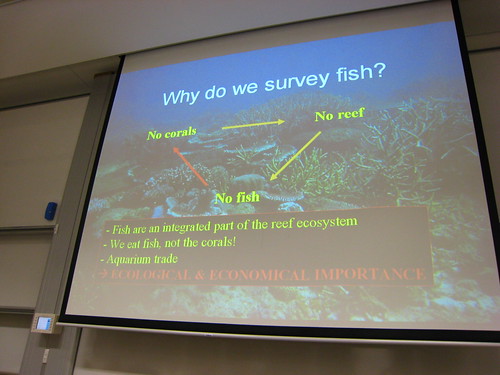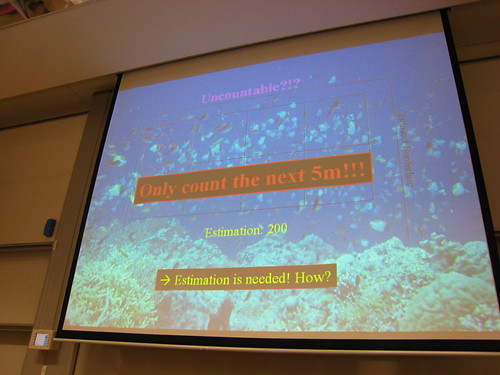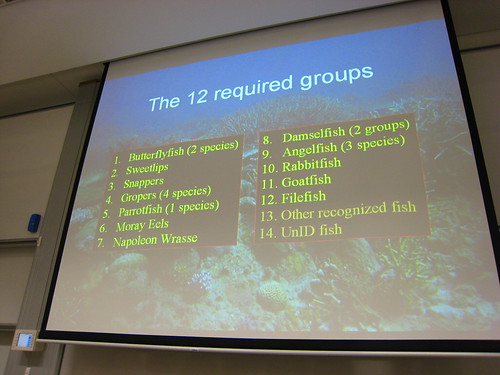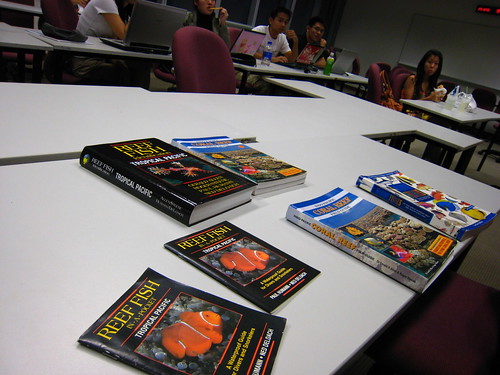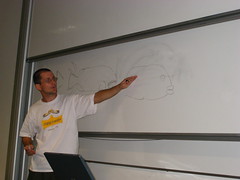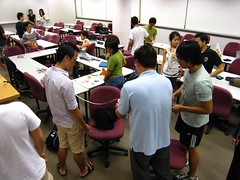It's the last day of September and unfortunately, our lovely Blue Water Volunteers website is currently down due to some IP issues. However that does mean that we're not having our usual activities! Intertidal ReefWalks @ Kusu island and Reef Check surveys with ReefFriends are still ongoing!


Sign up details are under the cut ^_^
1. Kusu ReefWalks on 18 Oct

The evening Kusu Island ReefWALKs are back. The next walk will be on 18 Oct 08 (Sat) 5.30pm - 9pm and it cost $15 per participant. To register, please email reefwalk@bluewatervolunteers.org and provide the following details:
Should you have any queries (or would like to join us as volunteers), please email reefwalk@bluewatervolunteers.org.
Cheers,
ReefWALK Team
*****************
The last two walks for 2008 would be on 15 Nov 08 (Sat), and 14 Dec 08 (Sun). Registration details would be posted up nearer the dates.
EDIT: if you have problems contacting us with the above email, try reefwalk@gmail.com
2. ReefFriends surveys
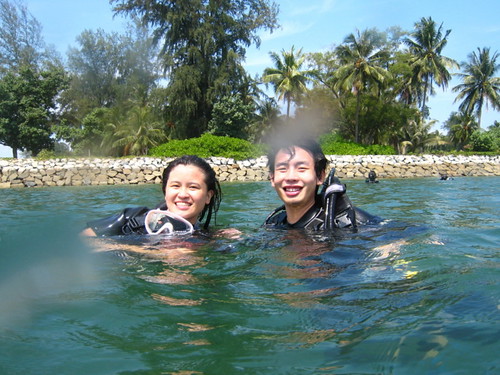
For those of you who dive, and would like to lend a hand in collecting scientific data for the monitoring of our local reefs, please email reeffriends@bluewatervolunteers.org for more details on joining. We would be glad to have you onboard the team!
EDIT: if you have problems contacting us with the above email, try reeffriends@gmail.com
p/s. Three cheers for blogs and RSS feeds that can act as our backup(s) when things go wrong with the main site ^_^


Sign up details are under the cut ^_^
1. Kusu ReefWalks on 18 Oct

The evening Kusu Island ReefWALKs are back. The next walk will be on 18 Oct 08 (Sat) 5.30pm - 9pm and it cost $15 per participant. To register, please email reefwalk@bluewatervolunteers.org and provide the following details:
- Name:
Contact Number:
Email:
Number of participants:
Ages of children (if any):
Emergency contact details:
Should you have any queries (or would like to join us as volunteers), please email reefwalk@bluewatervolunteers.org.
Cheers,
ReefWALK Team
The last two walks for 2008 would be on 15 Nov 08 (Sat), and 14 Dec 08 (Sun). Registration details would be posted up nearer the dates.
EDIT: if you have problems contacting us with the above email, try reefwalk@gmail.com
2. ReefFriends surveys

For those of you who dive, and would like to lend a hand in collecting scientific data for the monitoring of our local reefs, please email reeffriends@bluewatervolunteers.org for more details on joining. We would be glad to have you onboard the team!
EDIT: if you have problems contacting us with the above email, try reeffriends@gmail.com
p/s. Three cheers for blogs and RSS feeds that can act as our backup(s) when things go wrong with the main site ^_^




